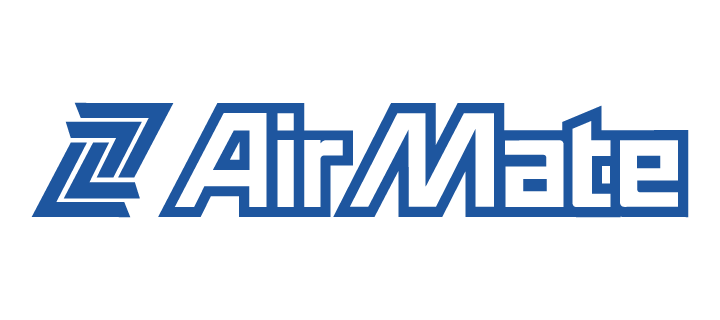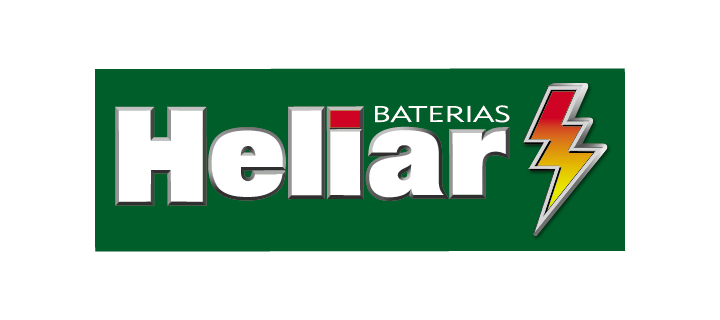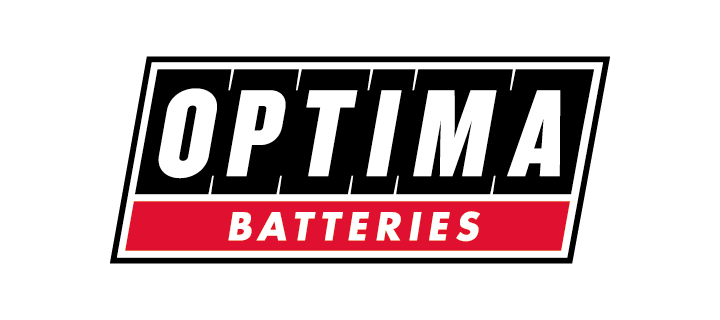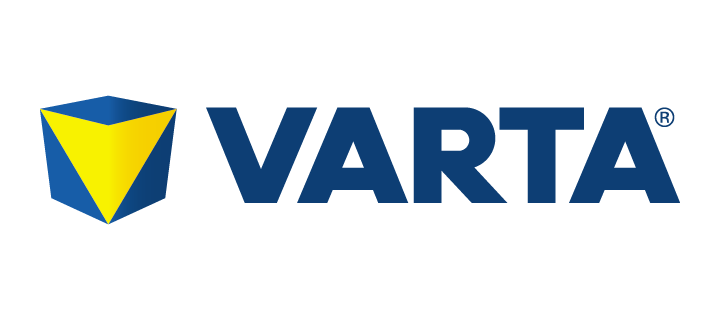Case Study
Centra-Larm Monitoring, Inc.
For the last 27 years, Centra-Larm Monitoring, Inc. has provided its customers with central monitoring of fire, video, and intrusion alarm systems. Founded in 1988 by Stewart Helmig, the company’s original focus was on fire alarms and fire prevention. Over the ensuing years, the company’s business expanded, first to include distribution of alarm devices, and then to provide alarm monitoring services and call answering.
Today, Centra-Larm’s primary focus is third-party alarm monitoring. This family-owned business maintains two central stations in New Hampshire and one central station in California, partnering with more than 500 alarm dealers throughout the country who serve more than 90,000 residential and commercial customers. Centra-Larm is a UL listed, CSAA 5 Diamond Certified Central Station, indicating that its facilities and operations meet the industry’s strictest standards.
Due to the many types of systems it monitors, located in both residential and commercial facilities, and the large volume of monitored accounts, Centra-Larm was searching for an alarm solution that can handle a large volume efficiently and effectively and that can be flexible enough to meet customers’ specific needs. Already considered one of the fastest responding and most accurate dispatching alarm monitoring stations in the industry, the company sought a solution that can further increase alarm transmission rates. Centra-Larm also wanted a solution that can process many types of alarms and that perform advanced functions, beyond basic fire and security alarm transmissions.
With Centra-Larm’s account base growing quickly and the number and kinds of alarm signals increasing, the company needed a powerful, nimble, and multifunctional receiver at the center of its three central stations. The company specifically sought a solution that employs automatic hand-shaking for faster communications. Handshaking is communication between the receiver and alarm and when it is automated, the two different systems can transmit information over a communication channel without requiring an operator to intervene.
“Today’s central station has to accept many different kinds of alarm signaling technologies. The advanced signal frequency and level of detail being sent from newer alarm panels has increased the workload placed on alarm receiving equipment within the central station,” said Helmig. “We needed a solution that has advanced functionality for available forms of signal reception, speed of alarm signal communication, and simultaneous signal handling from multiple inbound transmissions.”
Centra-Larm also wanted a single platform to manage its accounts’ signals, rather than operating several different systems and/or receivers for different types of alarms or accounts. With a singular platform, the company anticipated that there would be not only space and cost savings, but also a reduction in electricity usage.




























.png?la=en&h=70&w=157&hash=717A494A27ED61C45CEF95AC3A9C6309)




























